砷化镓(GaAs)和其他III-V材料(按照它们在元素周期表中的分组命名)是广为人知的高性能太阳能电池材料,它们在转换效率综合记录中占据大多数席位。
但它们通常高达数百美元每瓦的生产成本意味这些电池仅限用于驱动卫星、无人机和其他电池性能优先于发电容量每瓦成本的利基领域。 将生产成本降低到主流太阳能应用能够利用其性能潜力的水平是一个非常重要的议题,近年来科学家们提出了实现这个目标的一些方法。
让GaAs层生长在硅衬底上是一个非常有前景的方式,能够剔除昂贵的锗原料,同时允许更大规模的生产。但这个方式生产的电池层瑕疵很多,限制了在太阳能电池中的性能。
加拿大舍布鲁克大学领导的科学家开展了关于使用多孔硅替代晶体硅(c-Si)是否能够带来改善的研究。这次调查的结果发布在期刊《太阳能材料与太阳能电池》中, 结果显示在其他方面保持一致的工艺中使用多孔硅替代晶体硅能够实现填充因子和开路电压的显著提升。
纳米异质外延
这个团队使用了名为纳米异质外延(NHE)的工艺,在图形衬底上生长半导体层。团队使用了一个两步生长工艺,首先生长一个GaAs缓冲层弥合硅的孔隙,而后在565℃的温度下沉积主薄膜。
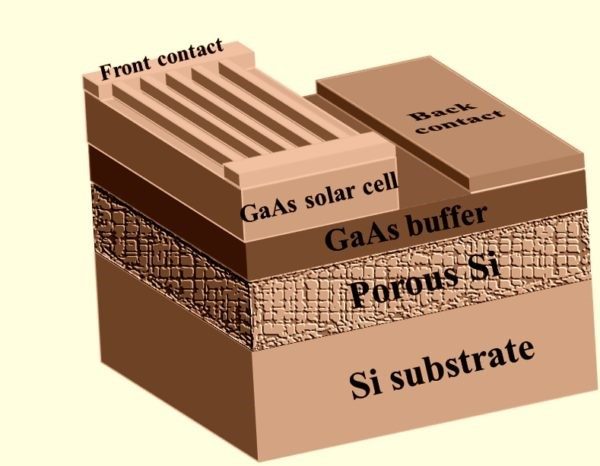
GaAs太阳能电池示意图
图片:舍布鲁克大学
多孔硅上生长的尺寸为1×1 mm的电池具有56%的填充因子,而晶体硅上生长的则为41%。该团队将之归结于材料更少的瑕疵,导致了更低的重组和寄生损失。
团队指出,所生产电池的瑕疵水平仍需进一步降低以实现有利的电池性能,并表示增加硅的多孔性以使其更加灵活,和在两步生长工艺中更好地优化缓冲层,都是值得进一步研究的方向。
来源:www.pv-magazine.com
This content is protected by copyright and may not be reused. If you want to cooperate with us and would like to reuse some of our content, please contact: editors@pv-magazine.com.
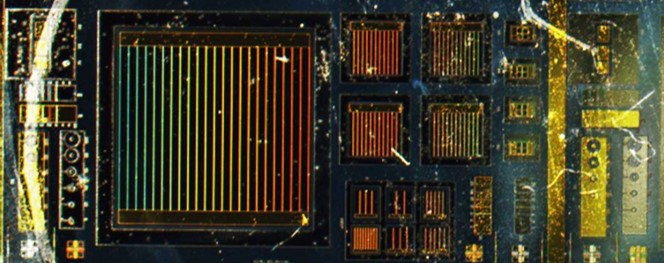



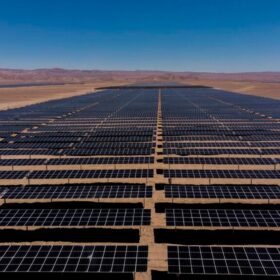
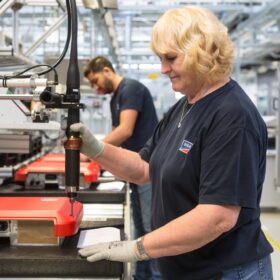
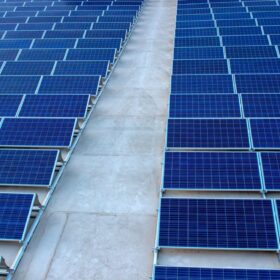
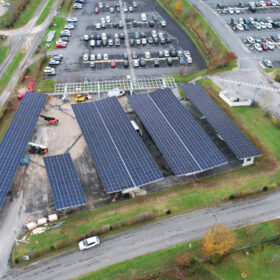
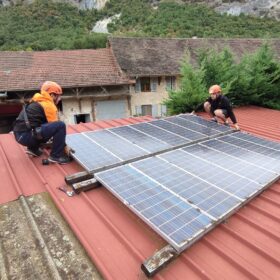
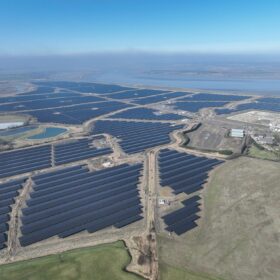
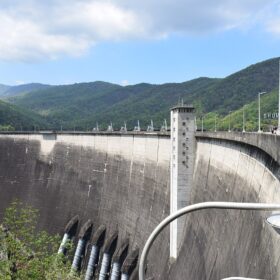



By submitting this form you agree to pv magazine using your data for the purposes of publishing your comment.
Your personal data will only be disclosed or otherwise transmitted to third parties for the purposes of spam filtering or if this is necessary for technical maintenance of the website. Any other transfer to third parties will not take place unless this is justified on the basis of applicable data protection regulations or if pv magazine is legally obliged to do so.
You may revoke this consent at any time with effect for the future, in which case your personal data will be deleted immediately. Otherwise, your data will be deleted if pv magazine has processed your request or the purpose of data storage is fulfilled.
Further information on data privacy can be found in our Data Protection Policy.